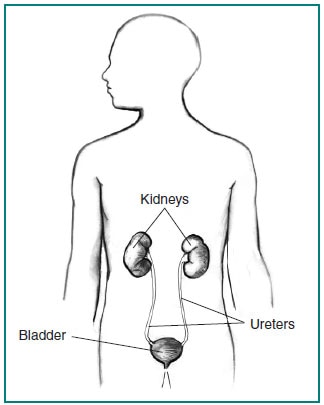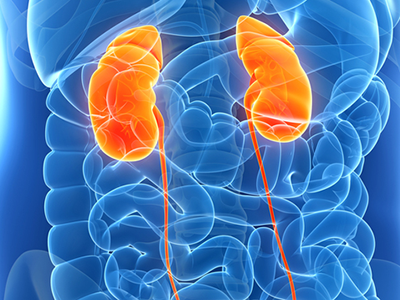It may not feel like it, but summer will soon be upon us. This means ample opportunity to walk around with your shirt off and impress everyone. But right now that may not be such an appealing idea. One thing that winter always provides is a few extra inches around the waist, and a determination that you’ll be ripped by summer. But how do you go about getting shredded between now and the end of spring? Well this article will help you get there. We are going to look at five ways to get shredded this summer. Tip #1: Take stock of your current situation Before making any plans you really should take a good look at where you are currently at physique and fitness wise . If you are borderline obese and haven’t run 100m since high school then jumping into a 5 times per week crossfit program is probably not going to lead to good results! But even if you are in decent shape, you will still get huge benefits from assessing yo...
What are the kidneys and what do they do?
The kidneys are two bean-shaped organs, each about the size of a fist. They are located just below the rib cage, one on each side of the spine. Every day, the two kidneys filter about 120 to 150 quarts of blood to produce about 1 to 2 quarts of urine, composed of wastes and extra fluid. The urine flows from the kidneys to the bladder through two thin tubes of muscle called ureters, one on each side of the bladder. The bladder stores urine. The muscles of the bladder wall remain relaxed while the bladder fills with urine. As the bladder fills to capacity, signals sent to the brain tell a person to find a toilet soon. When the bladder empties, urine flows out of the body through a tube called the urethra, located at the bottom of the bladder. In men the urethra is long, while in women it is short.More information about the ureters, bladder, and urethra is provided in the NIDDK health topic, The Urinary Tract and How It Works.

Why are the kidneys important?
The kidneys are important because they keep the composition, or makeup, of the blood stable, which lets the body function. They- prevent the buildup of wastes and extra fluid in the body
- keep levels of electrolytes stable, such as sodium, potassium, and phosphate
- make hormones that help
- regulate blood pressure
- make red blood cells
- bones stay strong
How do the kidneys work?
The kidney is not one large filter. Each kidney is made up of about a million filtering units called nephrons. Each nephron filters a small amount of blood. The nephron includes a filter, called the glomerulus, and a tubule. The nephrons work through a two-step process. The glomerulus lets fluid and waste products pass through it; however, it prevents blood cells and large molecules, mostly proteins, from passing. The filtered fluid then passes through the tubule, which sends needed minerals back to the bloodstream and removes wastes. The final product becomes urine.
Points to Remember
- Every day, the two kidneys filter about 120 to 150 quarts of blood to produce about 1 to 2 quarts of urine, composed of wastes and extra fluid.
- The kidneys are important because they keep the composition, or makeup, of the blood stable, which lets the body function.
- Each kidney is made up of about a million filtering units called nephrons. The nephron includes a filter, called the glomerulus, and a tubule.
- The nephrons work through a two-step process. The glomerulus lets fluid and waste products pass through it; however, it prevents blood cells and large molecules, mostly proteins, from passing. The filtered fluid then passes through the tubule, which sends needed minerals back to the bloodstream and removes wastes.

Comments
Post a Comment